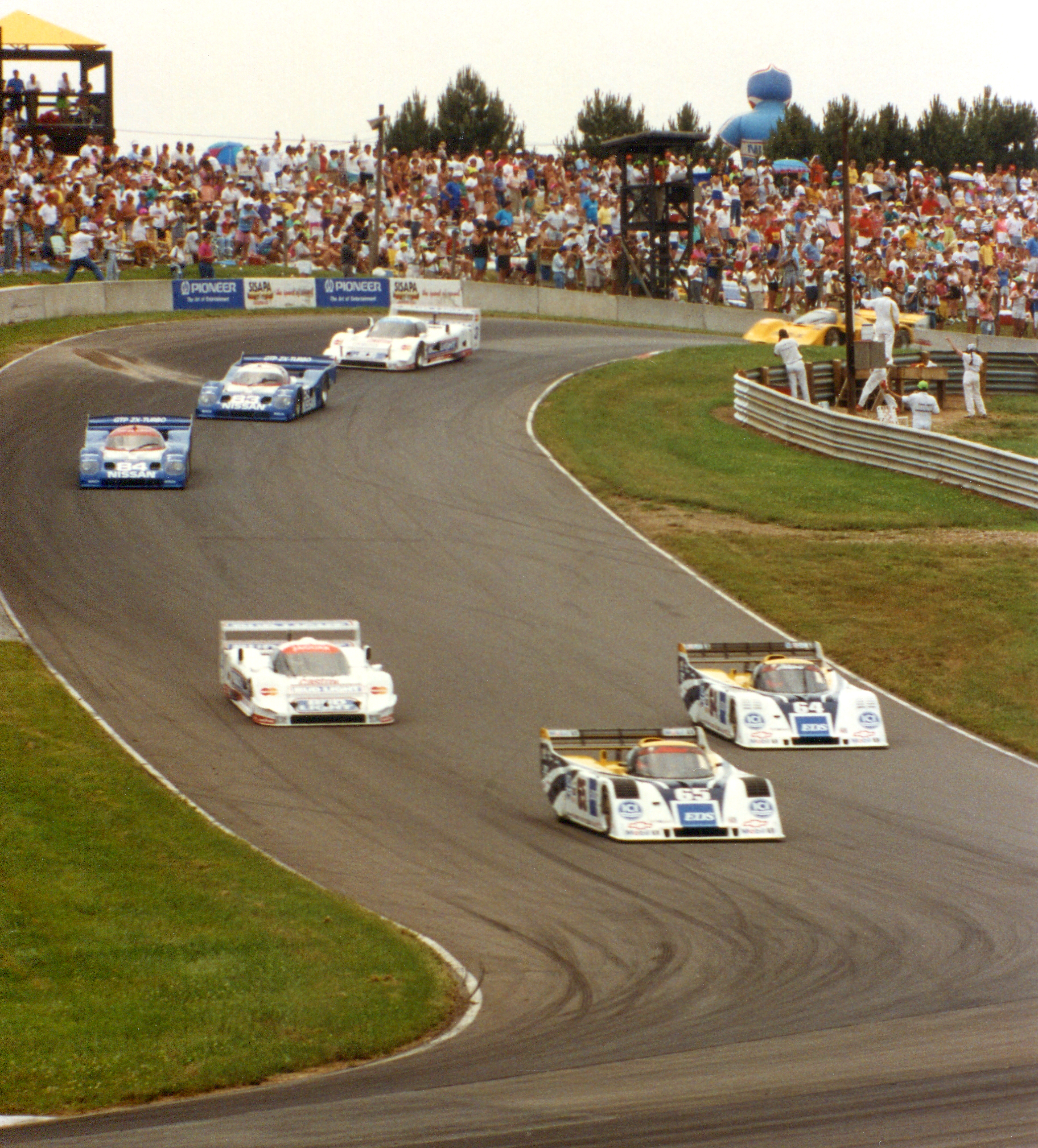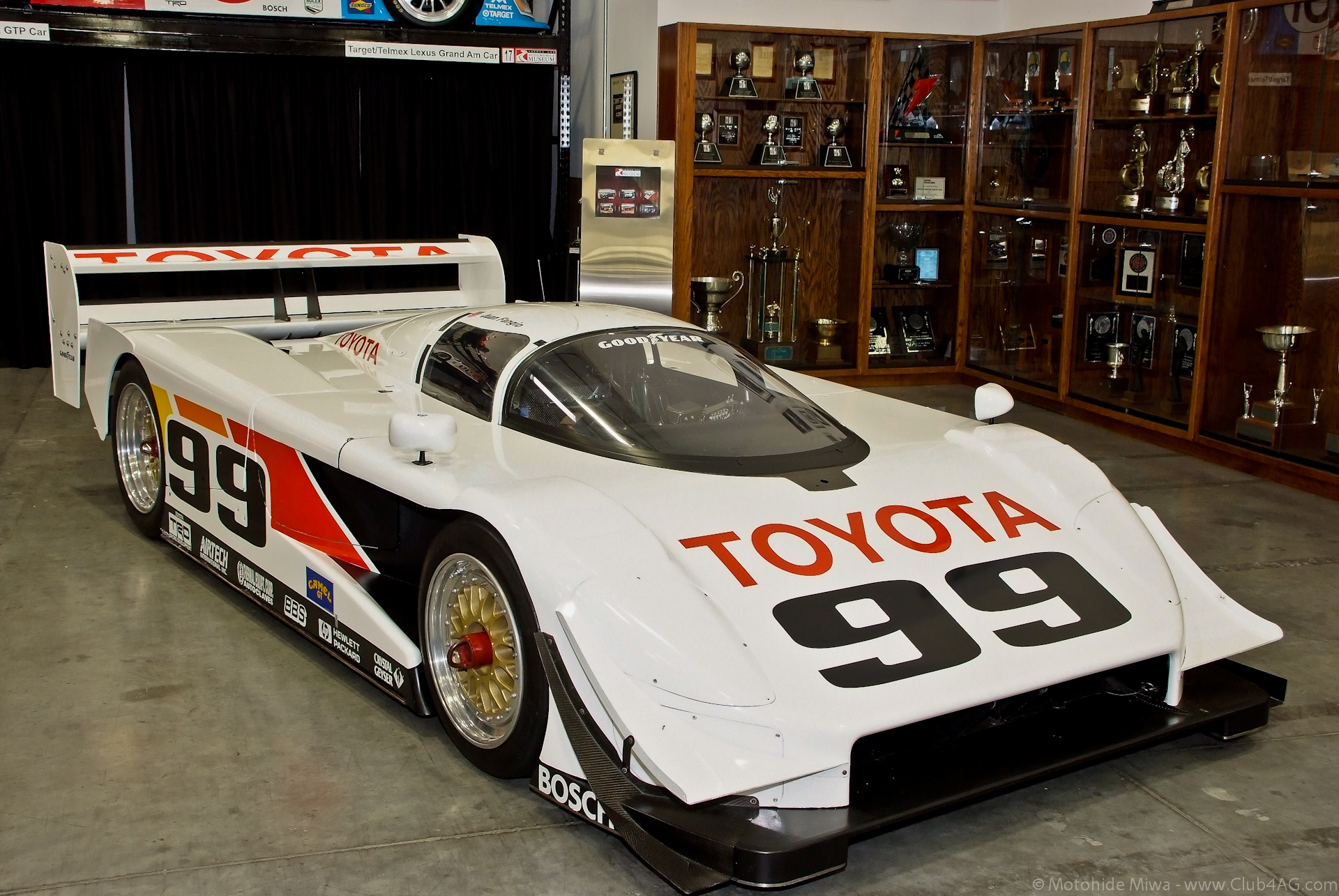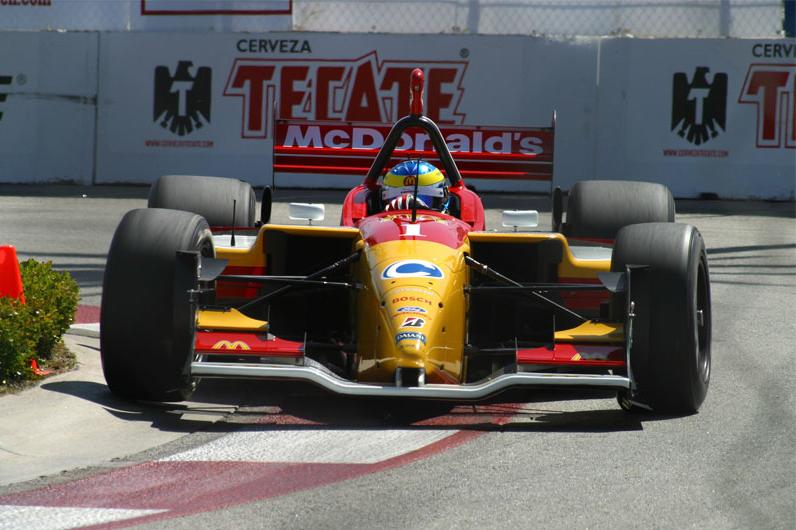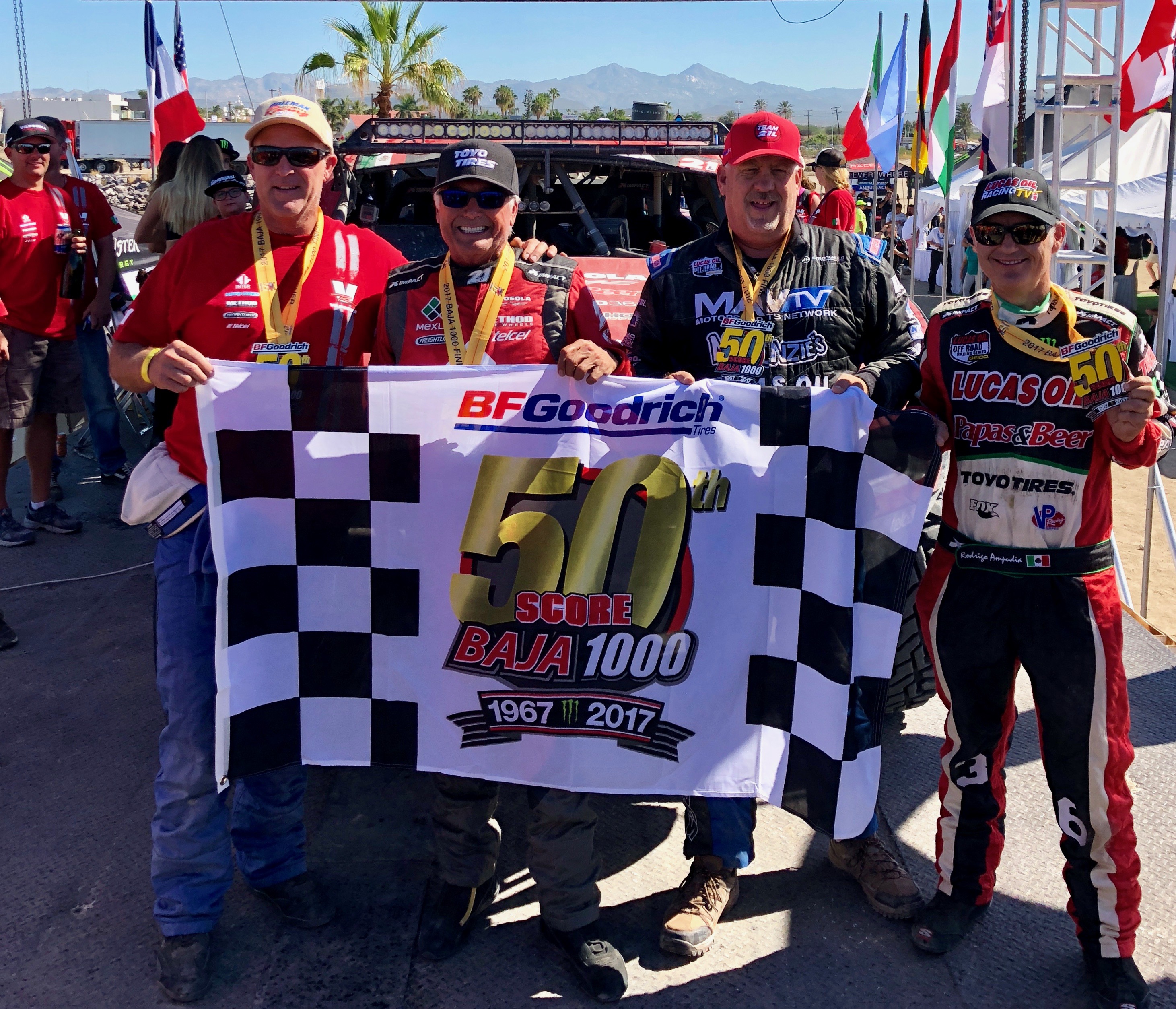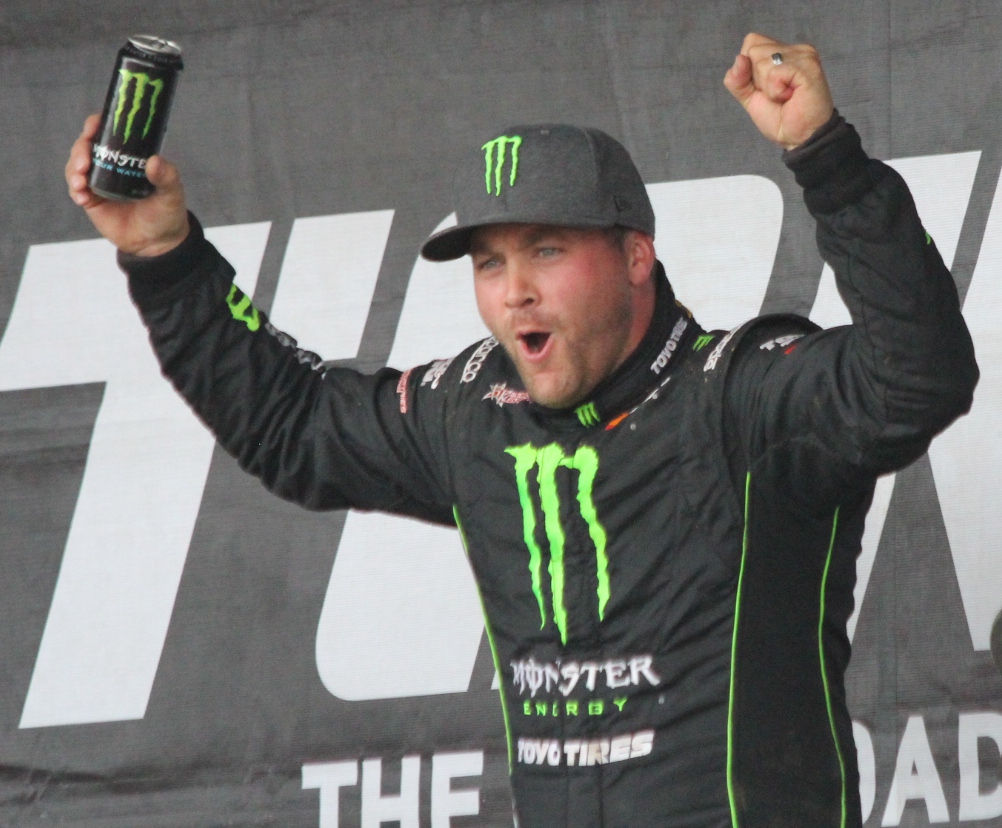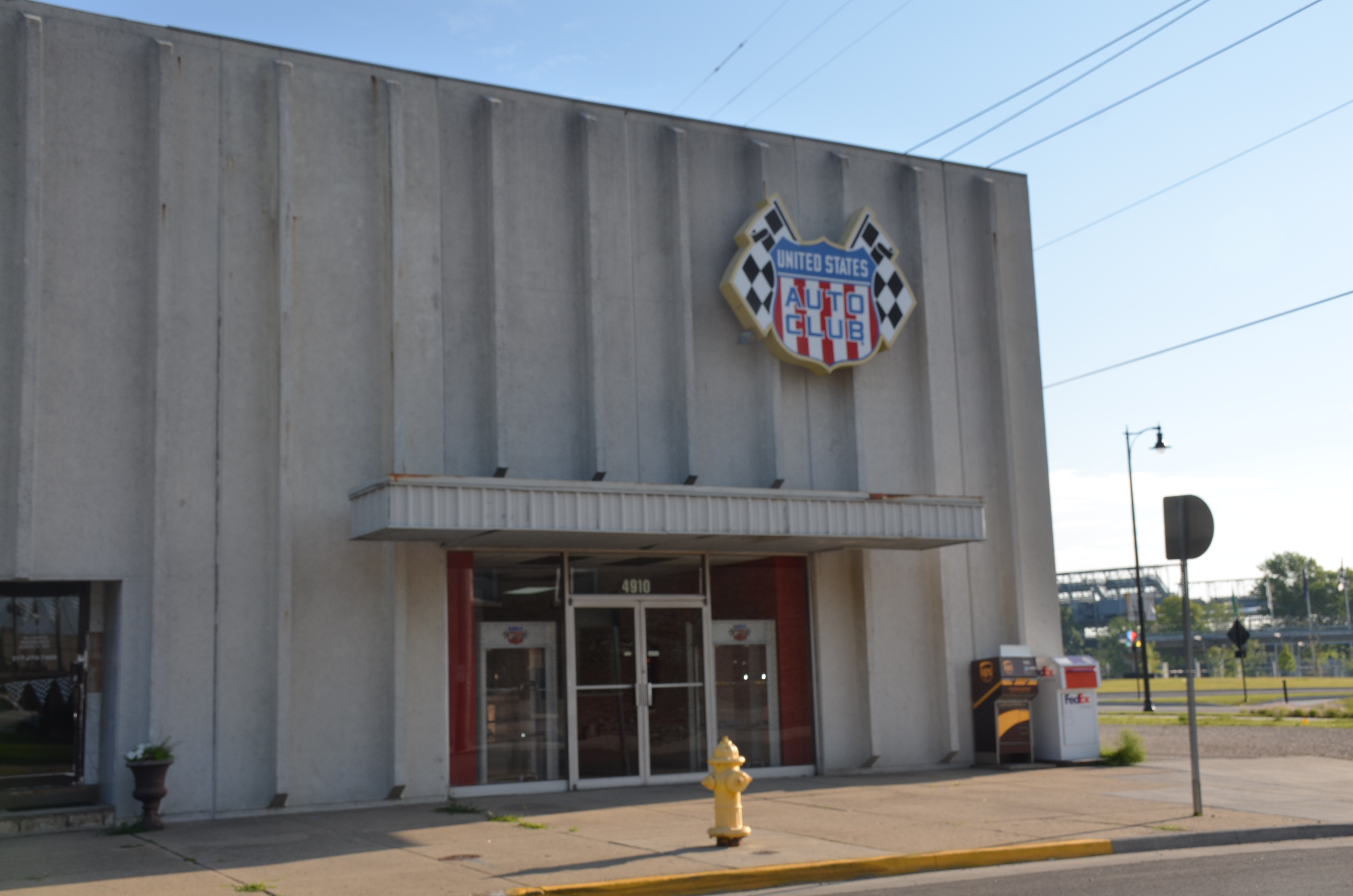|
Toyota Racing Development
Toyota Racing Development (also known by its abbreviation TRD) is the in-house tuning shop for all Toyota, Lexus and formerly Scion cars. ''TRD'' is responsible both for improving street cars for more performance and supporting Toyota's racing interests around the world. TRD produces various tuning products and accessories, including performance suspension components, superchargers, and wheels. TRD parts are available through Toyota dealers, and are also available as accessories on brand-new Toyotas and Scions. Performance parts for Lexus vehicles are now labeled as ''F-Sport'' and performance Lexus models are labeled ''F'' to distinguish Lexus's F division from TRD. there are two official branches of TRD: TRD Japan (a.k.a. Toyota Technocraft) and TRD USA. Each of these branches has both a performance tuning division and a race (or competition) division. In 2018, TRD Japan and Toyota Modellista merged to form Toyota Customizing & Development Co., Ltd (TCD). TRD Japan's Race ... [...More Info...] [...Related Items...] OR: [Wikipedia] [Google] [Baidu] |
Toyota
is a Japanese multinational automotive manufacturer headquartered in Toyota City, Aichi, Japan. It was founded by Kiichiro Toyoda and incorporated on . Toyota is one of the largest automobile manufacturers in the world, producing about 10 million vehicles per year. The company was originally founded as a spinoff of Toyota Industries, a machine maker started by Sakichi Toyoda, Kiichiro's father. Both companies are now part of the Toyota Group, one of the largest conglomerates in the world. While still a department of Toyota Industries, the company developed its first product, the Type A engine in 1934 and its first passenger car in 1936, the Toyota AA. After World War II, Toyota benefited from Japan's alliance with the United States to learn from American automakers and other companies, which would give rise to The Toyota Way (a management philosophy) and the Toyota Production System (a lean manufacturing practice) that would transform the small company into a leader in t ... [...More Info...] [...Related Items...] OR: [Wikipedia] [Google] [Baidu] |
International Motor Sports Association
The International Motor Sports Association (IMSA) is a North American sports car racing sanctioning body based in Daytona Beach, Florida under the jurisdiction of the ACCUS arm of the FIA. It was started by John Bishop, a former executive director of SCCA (Sports Car Club of America), and his wife Peggy in 1969 with help from Bill France Sr. of NASCAR. Beginning in 2014, IMSA is the sanctioning body of the WeatherTech SportsCar Championship, the premier series resulting from the merger of Grand-Am Road Racing and the American Le Mans Series. IMSA is owned by NASCAR, as a division of the company. History John Bishop and SCCA John Bishop, a Sikorsky employee, first became involved in motorsport in the 1950s when he met Dave Allen, a Sports Car Club of America (SCCA) staff member. Allen offered Bishop a management position on the SCCA Contest Board, which Bishop quickly accepted. Bishop moved to Westport, Connecticut shortly thereafter. Bishop's duties consisted of defining ... [...More Info...] [...Related Items...] OR: [Wikipedia] [Google] [Baidu] |
Grand Touring Prototypes
IMSA GT was a sports car racing series organized by International Motor Sports Association. Races took place primarily in the United States, and occasionally in Canada. History The series was founded in 1969 by John and Peggy Bishop, and Bill France, Sr. Racing began in 1971, and was originally aimed at two of FIA's stock car categories, running two classes each; the GT ( Groups 3 and 4) and touring (Group 1 and 2) classes. The first race was held at Virginia International Raceway; it was an unexpected success, with both the drivers and the handful of spectators who attended. For the following year, John Bishop brought in sponsor R. J. Reynolds, and in 1975 introduced a new category: All American Grand Touring (AAGT). In 1977, the series went through a series of major changes. IMSA permitted turbocharged cars to compete for the first time, as well as introducing a new category: GTX, based on Group 5 rules. In 1981, after Bishop decided to not follow FIA's newly introduc ... [...More Info...] [...Related Items...] OR: [Wikipedia] [Google] [Baidu] |
Eagle MkIII
The Eagle MkIII is a sports prototype racing car built by All American Racers in 1991 to IMSA GTP specifications. Powered by a turbocharged Toyota inline-4 engine, the car was campaigned in the IMSA Camel GT series by Dan Gurney's Toyota-sponsored AAR team from 1991 through to the end of 1993. The Eagle MkIII won 21 out of the 27 races in which it was entered and is considered one of the most successful and technologically advanced designs of the IMSA GTP era — "a car that proved so overwhelmingly dominant that the class for which it was created has now been assigned to history", according to '' Racer'' magazine.Toyota Eagle MkIII Mulsanne's CornerEagle MkIII GTP quo ... [...More Info...] [...Related Items...] OR: [Wikipedia] [Google] [Baidu] |
Eagle HF89
The Eagle HF89 and its evolution, the Eagle HF90, is a racing car built and entered by Dan Gurney's All American Racers team, for the IMSA GT Championship. It was raced from 1989 until 1991 in IMSA's premier sports-car racing category, the GTP (Grand Touring Prototype) division. The design was also sometimes called the Eagle MkII. Background From 1983 until 1988, Dan Gurney's team entered cars in the IMSA GTO and GTU divisions, with Toyota Celicas as the basis for their cars. After claiming the driver's and constructors' championships in the GTO division in 1987 with driver Chris Cord, and a third place in the division the following year, the AAR team switched to the IMSA GTP division for 1989. The team used two types of cars; the other chassis was a TOM'S Toyota 88C car (an FIA Group C-based car). Both were powered by a turbocharged, 2.1-liter inline-4 engine producing approximately 600 horsepower, which was similar to the engines AAR used in their IMSA GTO and GTU cars. The ... [...More Info...] [...Related Items...] OR: [Wikipedia] [Google] [Baidu] |
All American Racers
All American Racers is an American auto racing team and constructor based in Santa Ana, California. Founded by Dan Gurney and Carroll Shelby in 1964, All American Racers initially participated in American sports car and Champ Car races as well as international Formula One events with cars named Eagle. The Formula One team, based in the United Kingdom and using British-built Weslake engines was named Anglo American Racers. Under team manager Bill Dunne they set up shop in Rye, East Sussex. The team were adjacent to Harry Weslake's engine development plant and half a mile from Elva cars. They participated in 25 Grands Prix, entering a total of 34 cars. The first Eagles were created after AAR entered a Goodyear-backed Lotus 38 in the 1965 Indianapolis 500 and Gurney hired former Lotus designer Len Terry to develop their own car for 1966. The resulting Ford-powered Eagle T2G was codeveloped with the Eagle T1G for Formula 1. After exiting Formula One in 1968 and concentrating on C ... [...More Info...] [...Related Items...] OR: [Wikipedia] [Google] [Baidu] |
IndyCar Series
The IndyCar Series, currently known as the NTT IndyCar Series under sponsorship, is the highest class of regional North American open-wheel single-seater formula racing cars in the United States, which has been conducted under the auspices of various sanctioning bodies since 1920 after two initial attempts in 1905 and 1916. The series is self-sanctioned by its parent company, INDYCAR, LLC., which began in 1996 as the Indy Racing League (IRL) and was created by then Indianapolis Motor Speedway owner Tony George as a competitor to Championship Auto Racing Teams (CART). In 2008, the IndyCar Series merged with CART's successor, the Champ Car World Series and the history and statistics of both series, as well as those from its predecessors, were unified. The series' premier event is the Indianapolis 500, which was first held in 1911. Overview Series name For 1996–1997, the series was simply referred to as the ''Indy Racing League.'' For 1998–1999, the series garnered its fir ... [...More Info...] [...Related Items...] OR: [Wikipedia] [Google] [Baidu] |
Champ Car World Series
Champ Car World Series (CCWS) was the series sanctioned by Open-Wheel Racing Series Inc., or Champ Car, a sanctioning body for American open-wheel car racing that operated from 2004 to 2008. It was the successor to Championship Auto Racing Teams (CART), which sanctioned the 'PPG Indy Car World Series from 1979 until dissolving after the 2003 season. Vehicles Champ Cars were single-seat, open-wheel racing cars, with mid-mounted engines. Champ cars had sculpted undersides to create ground effect and prominent wings to create downforce. The cars would use a different aerodynamic kit on the occasions they raced on an oval. With funds low, development was effectively frozen with a focus on developing a universal chassis, and the series generally ran on CART-spec 2002 Lola chassis from 2003 to 2006. The new chassis was developed by Panoz and debuted in 2007 as the Panoz DP01. The chassis was well received by drivers and fans. The series leased 750hp 2.65 L V-8 turbocharged Coswo ... [...More Info...] [...Related Items...] OR: [Wikipedia] [Google] [Baidu] |
Grand-Am
Grand-Am Road Racing or Grand-Am was an auto racing sanctioning body that was established in 1999 to organize road racing competitions in North America. Its primary focus was the Rolex Sports Car Series, an endurance racing championship series. It sanctioned five auto racing series. The series announced in September 2012 that it would be merging with the American Le Mans Series, which had been Grand-Am's main US competitor since its inception. The two series fully merged in 2014 under the banner of the TUDOR United SportsCar Championship, with the International Motor Sports Association. Overview The Grand American Road Racing Association was established in 1999 and was located in Daytona Beach, Florida, near the homes of NASCAR, International Speedway Corporation (ISC), and Daytona International Speedway. Although originated by some members of the NASCAR community, Grand-Am centers on different styles of racing including sports car racing and touring car racing on road racing c ... [...More Info...] [...Related Items...] OR: [Wikipedia] [Google] [Baidu] |
Baja 1000
The Baja 1000 is an annual Mexican off-road motorsport race held on the Baja California Peninsula. It is one of the most prestigious off-road races in the world, having attracted competitors from six continents. The race was founded by Ed Pearlman in 1967 and is sanctioned by SCORE International. The race is the final round of a four-race annual series, which also includes the San Felipe 250, the Baja 400 and the Baja 500. The 2017 Baja 1000 marked the 50th anniversary of the race. The Baja 1000 has various types of classes include Trophy trucks, Dirtbikes, Truggys, Side-by-sides, Baja Bugs and Buggies all competing at the same time on the same course. The course has remained relatively the same over the years, about every other event being either a point-to-point race from Ensenada to La Paz, or a loop race starting and finishing in Ensenada. The name of the event can be misleading as the mileage varies for the type of event. A "Loop" can be 600 to 850 miles starting and fi ... [...More Info...] [...Related Items...] OR: [Wikipedia] [Google] [Baidu] |
Lucas Oil Off Road Racing Series
The Lucas Oil Off Road Racing Series, also known as LOORRS, was a short course off-road racing series in the United States and also in Mexico beginning in 2015. The series featured events in Arizona, California, Nevada, Missouri and hosted a weekend of racing in Ensenada, Mexico at Baja International Short Course near Estero Beach. The title sponsor for the series was Lucas Oil Products, whom also owned, sanctioned, and operated the series. It effectively replaced the CORR series starting in 2009. History There were two large sanctioning bodies in short course off-road racing for 2008: CORR and WSORR. CORR had been sanctioning events on the West Coast and WSORR had sanctioned Midwestern events. CORR closed before the end of the 2008 season and canceled its final two racing weekends. LOORRS took over the sanctioning of most of the West Coast events, and TORC: The Off-Road Championship, took over most of the Midwestern events. The LOORRS series was founded for the 2009 season ... [...More Info...] [...Related Items...] OR: [Wikipedia] [Google] [Baidu] |
United States Auto Club
The United States Auto Club (USAC) is one of the sanctioning bodies of auto racing in the United States. From 1956 to 1979, USAC sanctioned the List of USAC Championship Car seasons, United States National Championship, and from 1956 to 1997 the organization sanctioned the Indianapolis 500. Today, USAC serves as the sport governing body, sanctioning body for a number of racing series, including the Silver Crown Series, National Sprint Cars, National Midgets, Speed2 Midget Series, .25 Midget Series, Stadium Super Trucks, and Pirelli World Challenge. Seven-time USAC champion Levi Jones (racing driver), Levi Jones is USAC's Competition Director. History When the American Automobile Association (AAA) withdrew from auto racing after the 1955 season, citing the 1955 Le Mans disaster, Le Mans disaster and the death of Bill Vukovich at 1955 Indianapolis 500, Indianapolis as contributing factors, both the Sports Car Club of America, SCCA and NASCAR were mentioned as its potential success ... [...More Info...] [...Related Items...] OR: [Wikipedia] [Google] [Baidu] |
.jpg)

